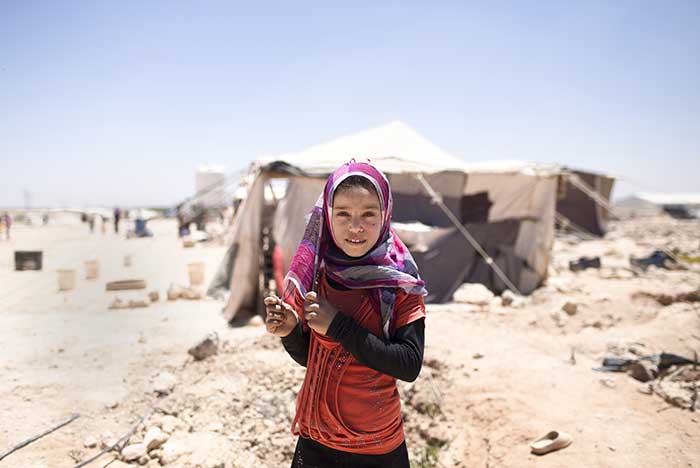These countries are bucking the global trend of a reduction in extreme poverty, instead seeing sharp increases, the Washington-based institution has found in a new report.
By 2030, up to two thirds of the world’s extreme poor will live in countries affected by conflict, with crisis situations becoming increasingly protracted and having long-lasting effects on economies as well as people, according to the document.
Director of the World Bank’s poverty research arm Carolina Sánchez-Páramo said the report “clearly illustrates a two-speed world, in which extreme poverty is becoming more entrenched in fragile situations while it is rapidly declining in others”.
She added: “Unless we tackle the drivers of fragility and conflict, we won’t be able to win the fight against extreme poverty."
Conflict situations have a huge effect on human capital, lowering people’s productive output over the course of their lifetimes, which has knock-on effects such as reducing social mobility, according to the report.
One in five people in such countries is deprived of money, education and basic infrastructure, and the number of people living near conflict has almost doubled in the past 10 years.
The report authors said this threatens decades of progress.
“Addressing humanitarian crises requires immediate support and long-term development approaches,” said World Bank president David Malpass.
He said: “To end extreme poverty and break the cycle of fragility, conflict, and violence, countries need to ensure access to basic services, transparent and accountable government institutions, and economic and social inclusion of the most marginalised communities.”














